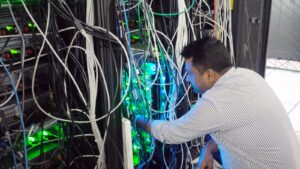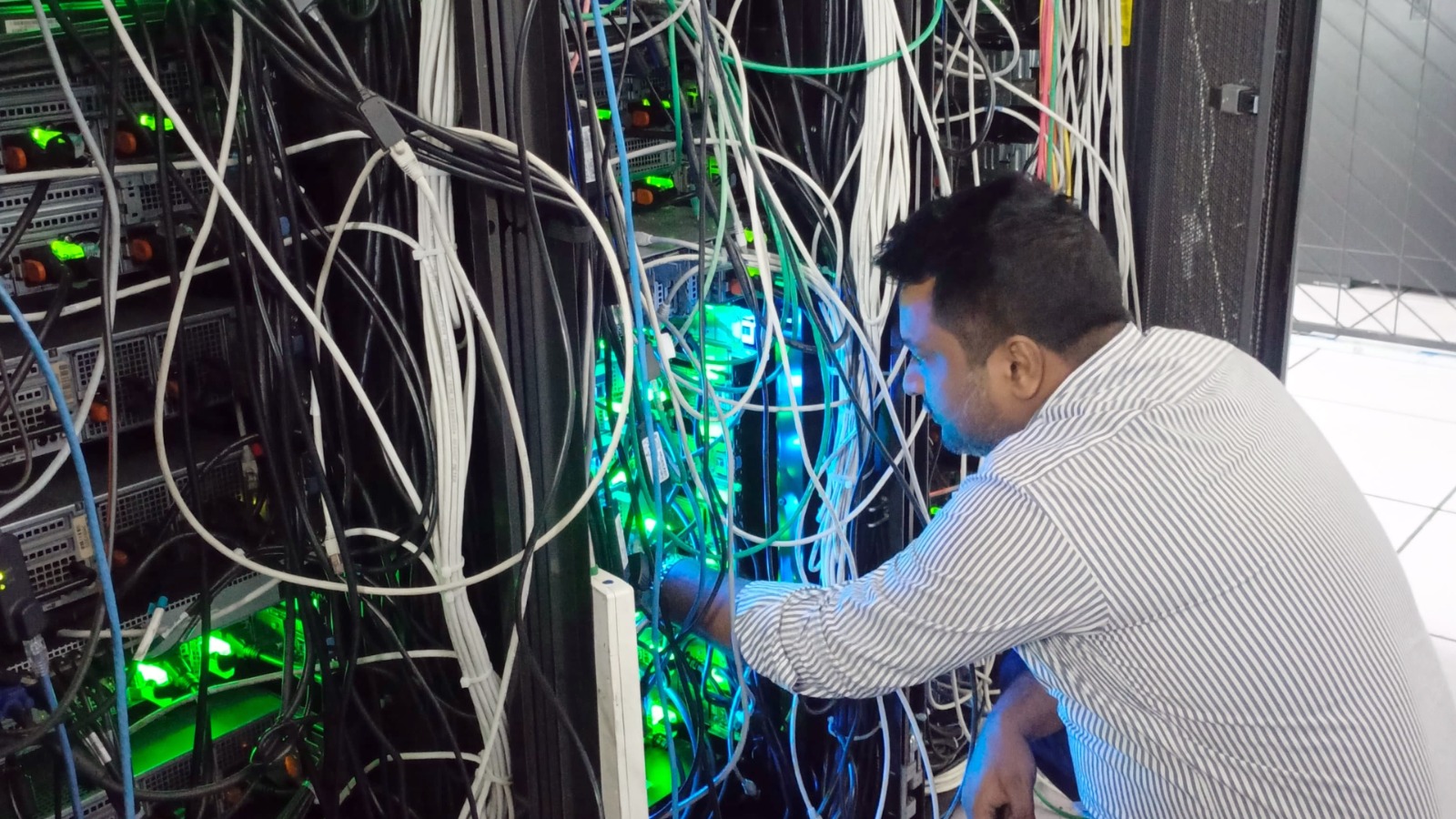
Staff Reporter : In today’s digital era, robust IT infrastructure is indispensable to the smooth functioning of any organization. However, without proper upkeep, IT systems can degrade prematurely—resulting in increased risks of data loss and operational disruption. To ensure continuous performance, Servicing24 presents essential yet practical guidelines for the effective maintenance of servers, storage and network infrastructure. Let’s explore these key recommendations:

Conduct Regular Health Checks & Maintain an Optimal Data Center Environment :
Servers, storage units and network devices should be thoroughly inspected at least once a month. Routine health checks help detect potential issues before they escalate into critical failures. Environmental factors like dust accumulation and excessive heat can severely affect device performance. Therefore, maintaining a clean, temperature-controlled data center is vital for sustaining system reliability and longevity.
Implement Reliable Backups & Test Recovery Procedures : Simply backing up data is not sufficient. It is equally important to verify the integrity of backup files and ensure that recovery processes function as expected. Periodic testing safeguards against data corruption and operational downtime during emergencies, ensuring that recovery efforts are both effective and timely.

Apply Timely Security Patches & Software Updates : Regularly updating software, including operating systems, hypervisors, databases and other applications—is critical to protecting IT infrastructure from vulnerabilities. Outdated software can expose systems to cyber threats. Timely patching not only enhances security but also improves overall performance and stability.

Monitor Network Performance & Control Multi-Vendor Access : A slothful network can hinder productivity across an organization. Ongoing performance monitoring and necessary tuning help maintain optimal speed and efficiency. Moreover, when multiple vendors or users access the IT infrastructure, it’s essential to enforce strict access controls. Limiting access based on roles and keeping access policies up to date; ensures data confidentiality and protects system integrity.
Maintain Failover Clusters, RTO and RPO
Failover clustering ensures high availability by automatically transferring workloads to standby systems in the event of hardware failure.
This minimizes downtime and ensures business continuity. Additionally, establishing clear Recovery Time Objectives (RTO) and Recovery Point Objectives (RPO) is crucial. RTO defines the acceptable time to restore systems, while RPO determines the maximum tolerable data loss. Together, they provide a framework for efficient and reliable disaster recovery planning.
Nasir Feroz, CEO of Servicing24, emphasizes, “A stable and secure IT infrastructure is essential for modern businesses. It’s not enough to simply deploy the hardware—continuous maintenance is key. Only through regular upkeep can organizations truly achieve uninterrupted performance.”

